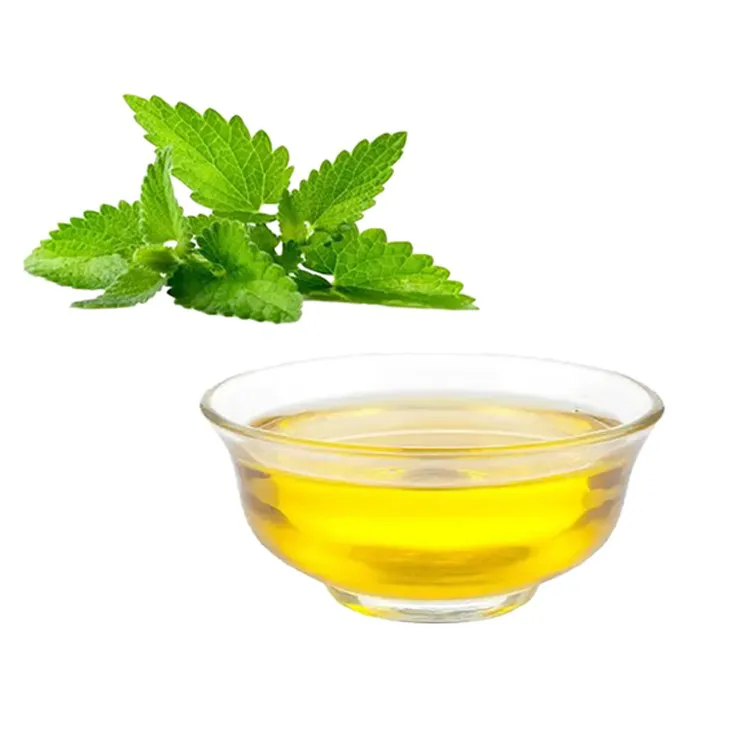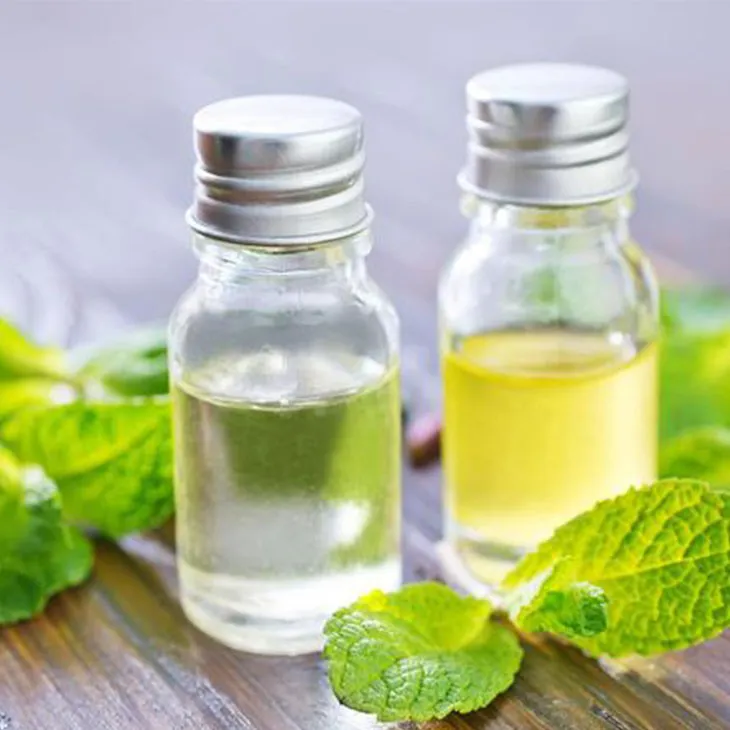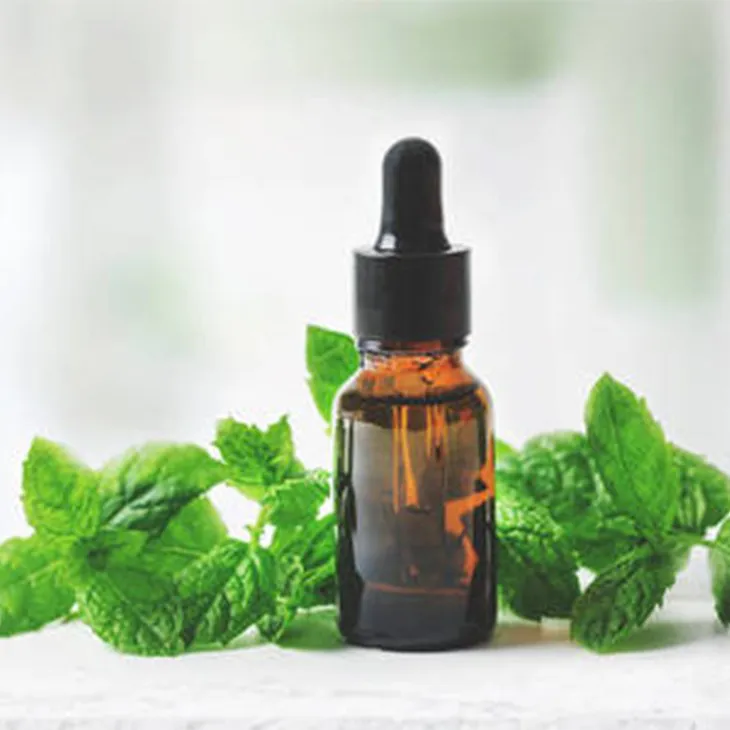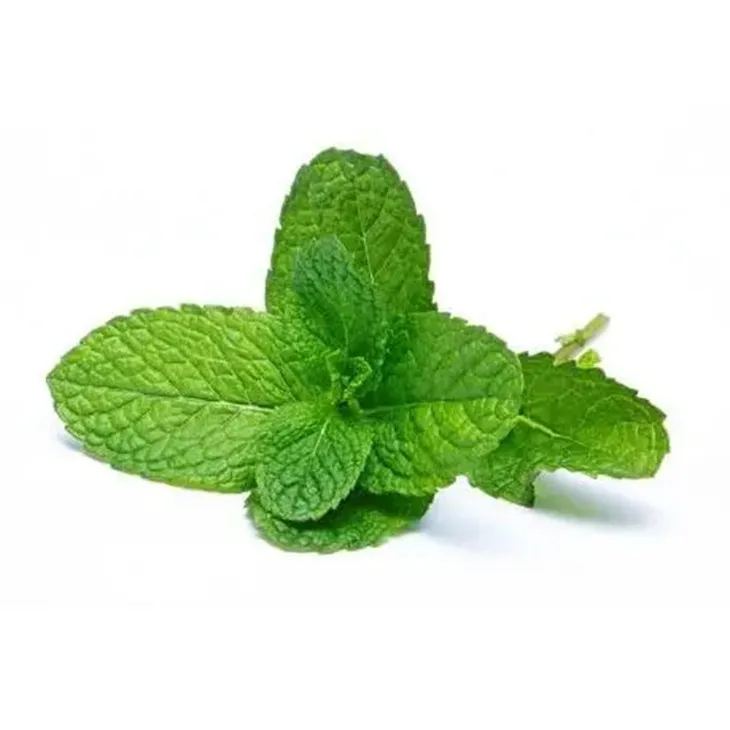- 0086-571-85302990
- sales@greenskybio.com
Aromatic Alchemy: The Art and Science of Extracting Peppermint Oil
2024-08-11

1. Introduction
Peppermint Oil has long been a fascinating substance, known for its refreshing aroma and a wide range of potential uses. In this exploration of the art and science of extracting Peppermint Oil, we will delve into various aspects that make this process both a traditional art form and a modern scientific endeavor.

2. Historical and Cultural Significance of Peppermint Oil Use
2.1 Ancient Civilizations
Peppermint has a long history of use that can be traced back to ancient civilizations. The ancient Egyptians, for example, were known to use peppermint for its medicinal properties. They recognized its ability to soothe digestive issues, which was of great importance in their society where diet and health were closely intertwined. The Greeks also had an appreciation for peppermint. Hippocrates, often regarded as the father of medicine, may have been aware of peppermint's potential in treating various ailments.
2.2 Middle Ages and Beyond
During the Middle Ages, peppermint continued to be used in Europe. Monasteries often had herb gardens where peppermint was cultivated. It was used not only for medicinal purposes but also in cooking. The refreshing flavor of peppermint added a unique touch to dishes. As time went on, peppermint became more widespread, and its use in traditional medicine systems around the world grew. In Asian cultures, such as in traditional Chinese medicine, peppermint was incorporated into herbal remedies for various conditions, including headaches and cold symptoms.
3. The Artistry in Selecting the Right Peppermint Variety for Extraction
3.1 Different Peppermint Varieties
There are several varieties of peppermint, and each has its own characteristics that can influence the quality of the extracted oil. Mentha piperita is one of the most common varieties used for oil extraction. However, there are also other varieties such as Mentha arvensis, which has a different chemical composition. The choice of variety depends on various factors.
3.2 Considerations for Selection
- Aroma Profile: Different peppermint varieties have distinct aroma profiles. Some may have a stronger, more intense minty smell, while others may be more subtle. For high - quality peppermint oil used in perfumery or aromatherapy, a variety with a rich and complex aroma is often preferred.
- Chemical Composition: The chemical composition of the peppermint variety is crucial. It determines the medicinal properties and potential uses of the extracted oil. For example, the concentration of menthol can vary between varieties. A variety with a higher menthol content may be more suitable for products aimed at relieving muscle pain or congestion.
- Growing Conditions: The growing conditions of the peppermint can also impact the quality of the oil. Peppermint grown in certain regions with specific soil types, climate, and sunlight exposure may produce better - quality oil. Growers need to consider these factors when selecting the variety to grow for extraction.

4. The Science behind Peppermint Oil Extraction: Biochemical Reactions
4.1 The Basics of Peppermint Oil Composition
Peppermint oil is a complex mixture of various chemical compounds. The main components include menthol, menthone, and menthyl acetate. Menthol is responsible for the characteristic cooling sensation that peppermint oil imparts. Menthone contributes to the overall aroma, and menthyl acetate adds a fruity note to the oil.
4.2 Extraction Methods and Biochemical Reactions
- Steam Distillation
- Steam distillation is one of the most common methods for extracting peppermint oil. In this process, steam is passed through the peppermint plant material. The heat from the steam causes the cells of the plant to rupture, releasing the essential oil components.
- The biochemical reaction involved here is mainly related to the volatilization of the oil components. As the temperature rises due to the steam, the compounds in the peppermint that form the oil become volatile and are carried away with the steam. The steam - oil mixture is then condensed, and the oil is separated from the water.
- Solvent Extraction
- Solvent extraction uses solvents such as hexane or ethanol to dissolve the peppermint oil from the plant material. This method is often used when a more concentrated form of the oil is desired.
- The biochemical reaction in solvent extraction is different from steam distillation. The solvent molecules interact with the oil molecules, breaking the bonds that hold the oil within the plant cells. However, this method requires careful purification to remove any traces of the solvent from the final product, as solvents can be harmful if present in the oil used for human applications.
- Supercritical Fluid Extraction
- Supercritical fluid extraction is a more advanced method. It uses a supercritical fluid, such as carbon dioxide, which has properties between those of a gas and a liquid at specific conditions. The supercritical carbon dioxide can penetrate the plant cells and selectively extract the peppermint oil.
- The biochemical reactions in this case are related to the unique properties of the supercritical fluid. It can interact with the oil components in a way that is more efficient and selective compared to traditional methods. However, this method requires specialized equipment and is more costly.

5. Economic Importance of Peppermint Oil Production
5.1 The Global Market for Peppermint Oil
The global market for peppermint oil is significant. It is used in a wide range of industries, including the food and beverage industry, where it is used as a flavoring agent in products such as chewing gum, candies, and beverages. In the pharmaceutical industry, peppermint oil is used in medications for digestive problems, cough suppressants, and topical analgesics. The cosmetics and personal care industry also has a high demand for peppermint oil, using it in products like toothpaste, mouthwash, and skin creams.
5.2 Peppermint Oil Production and Employment
Peppermint oil production provides employment opportunities in many regions. Growers are needed to cultivate the peppermint plants, and workers are required for the extraction process. Additionally, there are jobs in the packaging, marketing, and distribution of peppermint oil products. In some areas, peppermint farming and oil extraction have become important parts of the local economy, contributing to the livelihoods of many families.6. Sustainable and Environmentally - Friendly Development of Peppermint Oil Production
6.1 Organic Farming Practices
Organic farming of peppermint is becoming increasingly important. Organic peppermint is grown without the use of synthetic pesticides and fertilizers. This not only reduces the environmental impact but also produces a higher - quality product that is in demand in the market. Organic peppermint farming promotes soil health, biodiversity, and water conservation.
6.2 Energy - Efficient Extraction Methods
- As the energy consumption in extraction processes can be significant, there is a need to develop energy - efficient methods. For example, improving the efficiency of steam distillation equipment can reduce the amount of energy required.
- Supercritical fluid extraction, although more costly initially, can be more energy - efficient in the long run if the equipment is optimized. It also has the advantage of being a more environmentally - friendly method as it uses carbon dioxide, which can be recycled.
6.3 Waste Management in Peppermint Oil Production
The by - products of peppermint oil extraction, such as the plant residue after extraction, can be managed in an environmentally - friendly way. These residues can be composted and used as a natural fertilizer, reducing the need for synthetic fertilizers. Additionally, proper waste management in the extraction facilities can prevent pollution of water sources and soil.7. Conclusion
In conclusion, the extraction of peppermint oil is a fascinating blend of art and science. Its historical and cultural significance, the artistry in variety selection, the scientific basis of extraction, economic importance, and potential for sustainable development all make it a subject worthy of in - depth study. As the demand for peppermint oil continues to grow in various industries, it is crucial to balance production with environmental and social considerations to ensure a prosperous future for this aromatic and valuable resource.
FAQ:
What are the historical uses of peppermint oil in ancient civilizations?
Peppermint oil has been used in ancient civilizations for various purposes. In some cultures, it was used for medicinal purposes such as relieving digestive problems, headaches, and cold symptoms. It was also used in religious ceremonies and as a flavoring agent in food and drinks.
How do you select the right peppermint variety for extraction?
Selecting the right peppermint variety for extraction involves considering several factors. These include the oil content, the chemical composition of the oil, the growth conditions required by the variety, and its resistance to pests and diseases. Some popular varieties for extraction include Mentha piperita, which is known for its high oil content and pleasant aroma.
What biochemical reactions occur during peppermint oil extraction?
During peppermint oil extraction, several biochemical reactions take place. One of the main reactions is the breakdown of the peppermint plant's cells to release the essential oil. This can be achieved through methods such as steam distillation or solvent extraction. Enzymatic reactions also play a role in the formation and release of the oil's components.
What is the economic importance of peppermint oil production?
Peppermint oil production has significant economic importance. It is used in a wide range of industries, including the food, beverage, pharmaceutical, and cosmetic industries. The high demand for peppermint oil in these industries has led to a growing market for its production, providing income for farmers and producers. Additionally, peppermint oil exports can contribute to a country's economy.
How can peppermint oil production be made more sustainable and environmentally - friendly?
To make peppermint oil production more sustainable and environmentally - friendly, several measures can be taken. These include using organic farming methods, reducing the use of pesticides and fertilizers, conserving water during cultivation, and implementing sustainable extraction methods such as steam distillation with energy - efficient systems. Recycling and proper waste management in the production process can also contribute to environmental sustainability.
Related literature
- Peppermint: The Genus Mentha"
- "Essential Oils: Biology, Application, and Chemistry"
- "Sustainable Production of Medicinal and Aromatic Plants"
- ▶ Hesperidin
- ▶ citrus bioflavonoids
- ▶ plant extract
- ▶ lycopene
- ▶ Diosmin
- ▶ Grape seed extract
- ▶ Sea buckthorn Juice Powder
- ▶ Beetroot powder
- ▶ Hops Extract
- ▶ Artichoke Extract
- ▶ Reishi mushroom extract
- ▶ Astaxanthin
- ▶ Green Tea Extract
- ▶ Curcumin Extract
- ▶ Horse Chestnut Extract
- ▶ Other Problems
- ▶ Boswellia Serrata Extract
- ▶ Resveratrol Extract
- ▶ Marigold Extract
- ▶ Grape Leaf Extract
- ▶ blog3
- ▶ blog4
- ▶ blog5
-
Black Garlic Extract
2024-08-11
-
Honeysuckle Pollen
2024-08-11
-
Tamarind extract powder
2024-08-11
-
Peppermint Extract Powder
2024-08-11
-
Beetroot Powder
2024-08-11
-
Artichoke Leaf Extract
2024-08-11
-
Black Pepper Extract
2024-08-11
-
Tinospora cordifolia extract
2024-08-11
-
Oat Straw Extract Powder
2024-08-11
-
Yohimbine Bark Extract
2024-08-11





















